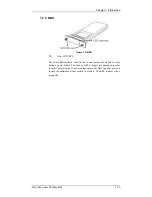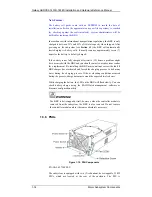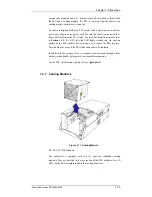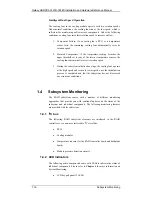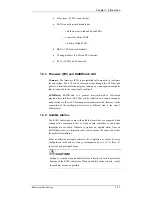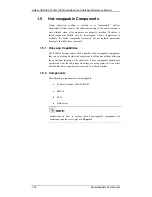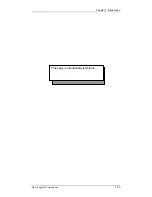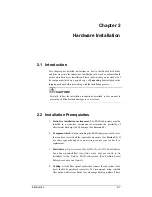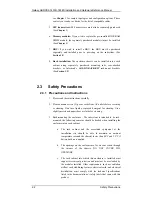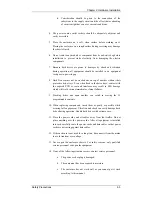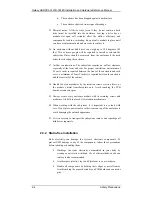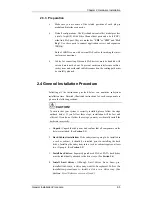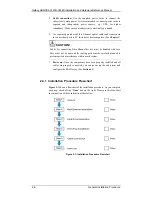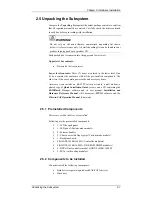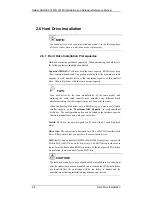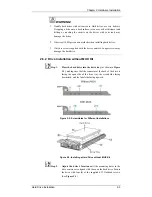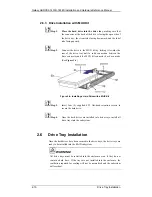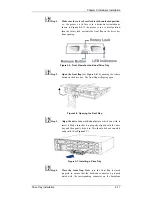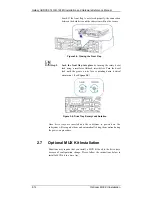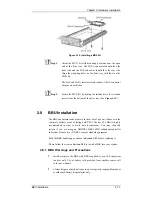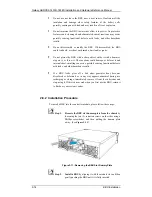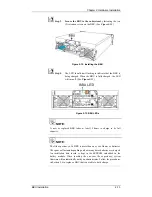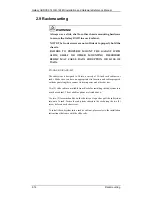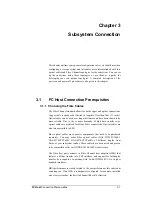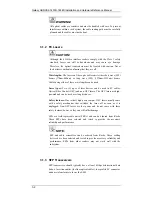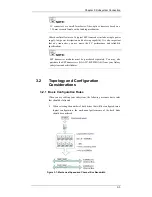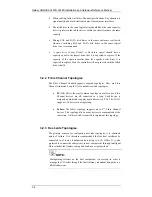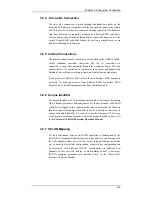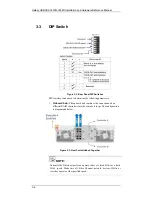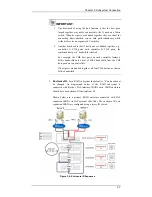
Galaxy GHDXS2-1430R-16F4D Installation and Hardware Reference Manual
2-8
Hard Drive Installation
2.6 Hard Drive Installation
NOTE:
Your hard drives have been preinstalled and tested. Use the following hard
drive procedure when a faulty drive needs replacement.
2.6.1 Hard Drive Installation Prerequisites
Hard drives must be purchased separately. When purchasing the hard drives,
the following factors should be considered:
Capacity (MB/GB):
Use drives with the same capacity. RAID arrays use a
“least-common-denominator” approach meaning that the maximum usable
capacity in each member drive is the maximum capacity of the smallest
drive. Choose big drives with the same storage capacity.
TIPS:
Even disk drives by the same manufacturer, of the same model, and
claiming the same rated capacity may actually carry different block
numbers meaning that their capacity may not be exactly the same.
When configuring disk drives into a RAID array, you may use a slightly
smaller capacity as the “
Maximum Disk Capacity
” in each individual
disk drive. The configuration option can be found in the interface-specific
firmware manual that came with your enclosure.
Profile:
The drive trays are designed for 3.5-inch wide x 1-inch high hard
drives.
Drive type:
The subsystem is designed for SAS or SATA-II interface hard
drives. Please ensure that you purchase the correct hard drives.
MUX kit:
A dual-controller GHDX2-1430R-16F4D subsystem comes with
SAS-to-SATA MUX kits on its drive trays. The MUX kits provide access
routes form the dual-active RAID controllers. If the dual-ported SAS drives
are preferred, there is no need for the MUX kits.
CAUTION!
The hard drives and drive trays should only be installed into the subsystem
after the subsystem has been mounted into a rack cabinet. If the hard drives
are installed first, the subsystem will be too heavy to handle and the
possible impact during installation may damage your drives.

